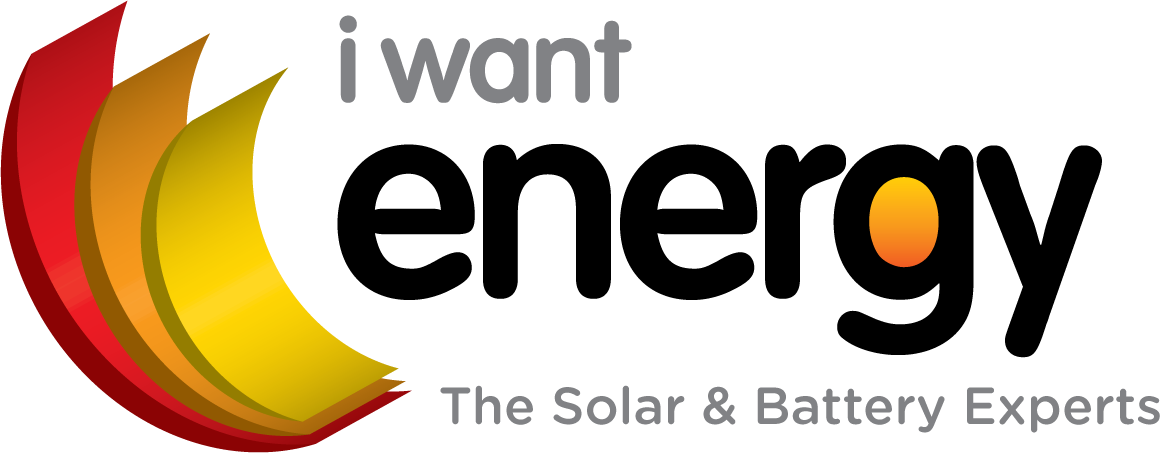FAQs
Got questions? We’ve got answers.
General
- What is a solar panel?
A panel designed to absorb the sun’s rays for generating electricity or heating.
- What is a grid-connected solar power system?
When the solar panels on your roof are connected to your existing commercial electricity supply (the Aurora grid for Tasmanians).
- Why use solar power?
It will reduce your power bill, make you less reliant on the power grid and make a positive impact on the environment.
- What size solar power system should I buy?
The answer depends on your roof size and your budget. Any size system will help you reduce your power bill and your environmental impact, and the bigger you go the more you will save. And if you get such a big system that you produce more power than you use – Aurora will give you credit for the extra power you produce and put back into the grid so the extra power won’t be “wasted”. However, since September 2013 they have changed the buyback rate to only 8c, down from 28c, making the extra power much less valuable and making battery backup systems much more effective.
- How much will it cost?
Our packages range from small systems at just over $2,500 to huge commercial projects for hundreds of thousands. An average residential system of 18 panels costs from $6,500 to $11,000 or so depending on components. Because each job is different we will need to do a (free, no obligation) site assessment at your house before we can give you a final quote.
- What are Solar Credits and how do they work?
The government gives you a number of solar credits for each solar install depending on the size of the system. These credits can then be registered and sold for money. Most of our customers assign their credits to us in exchange for a discount on the cost of their system rather than deal with the paperwork required to register and sell the credits themselves.
- What is a feed-in tariff?
This is the price paid for the power your system puts back into the grid. It used to be 1:1 – Aurora would pay you the same price they charge for electricity, however since September 2013 this has changed to just 8c/kWh.
- How does the electricity retailer know how much to bill me when I have solar panels?
Aurora installs a bi-directional electricity meter that can record how much power your solar panels are putting back into the grid.
- Do solar panels produce electricity when it’s dark, cloudy or raining?
They will not produce power when it is dark, and when it’s cloudy or raining they will not produce at full power but will still produce some electricity.
- What if my roof doesn’t face north?
Your solar panels will be slightly less efficient (produce less) than if they were facing true north, but will usually still make a good amount of power. Our onsite assessment will be able to give you an idea of how much efficiency you will get.
- How long does the solar installation take?
Residential installations are almost always finished within a day.
- Is it more expensive to fit to an old house than buying a system for a new house?
No – unless the roof needs work before they will be suitable for solar panels.
- Will solar panels damage my roof structure?
No – they are designed to be safely and securely attached to your roof without damaging it.
- Will my solar panels survive a hailstorm?
Yes. All solar panels have to be hail rated for Australian standards.

